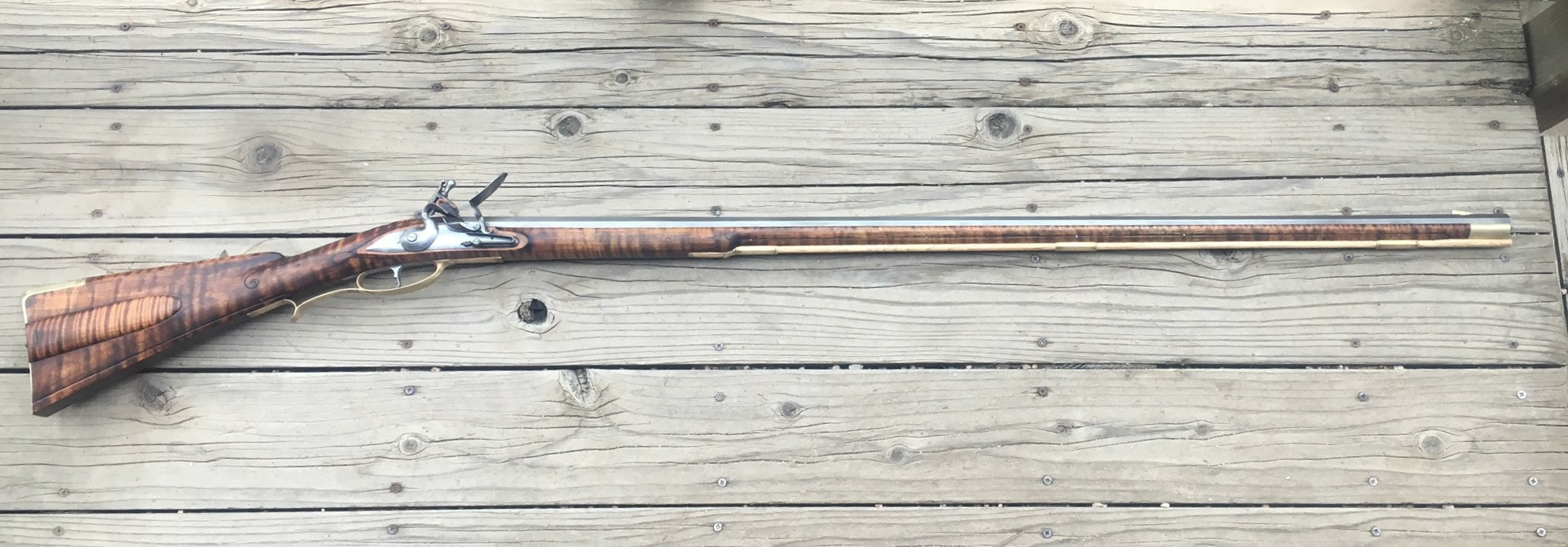Jerry Samouce
40 Cal
- Joined
- Mar 11, 2020
- Messages
- 141
- Reaction score
- 400
BRAVO, an excellent Analysis!The question is then why and how?
So, you're 52, and it's the AWI (Rev War) so that means you were born around 1724, and as a Highlander, so in Scotland.
So you were 22 or 23 when the Jacobites rebelled. The question is, were you forced into immigration ("transported") because during the rebellion you were captured and tried, and sent to Georgia (many many Jacobites went to Georgia, but not all)....or..., did you join the Black Watch prior to the Jacobites, actually fought on the side of The Crown, and then got shipped to various locations, namely Flanders and then Ireland, prior to the F&I? (The military would've liked you to join, being a blacksmith, and you'd have been allowed to make extra money) Then during the F&I you were sent to North America, and following the conflict, you mustered out and stayed in 1762. You would have been 38. I mention this because as an inducement to mustering out in North America, the Brits would've issued you a Bess. but no bayonet
So there is a very good reason you would have a Bess. It really should be a Long Land Pattern, but …, if you got hold of a factory, Italian or Japanese made Bess, I don't think folks would quibble much.
On the other hand because of your age and trade, you're likely to have had a rifle for a while now, so it would likely be of an older style. I'd suggest no smaller than .50 caliber and .54 would be an excellent choice too. Wooden patch box. Barrel from 38" to 42" and..., if you can manage it get it swamped. A Kibler kit with a wooden patch box would be an excellent choice (imho).
Even if the group you're going to join uses a different gun (if your rifle doesn't "work" for the group, they likely use muskets), you will likely want a rifle anyway.
LD
Very Likely!
However,
The Whitesides in Scotland where protestant border Reivers who where booted out in the late 16th century purge, sent to Ireland. Some snuck off and stayed in Scotland, some stayed in Irerland. Both of those family groups where sweeped up to serve the crown in the war. The trouble maker Whitesides totally hated "Filthy Papists" in Ireland, and we where deported again to the colonies! We where in NC as early as the 1720s. Thus, no Calloden for us. The Whitesides stomping grounds where near Grandfather Mountain area, all the way down to Cowpens. Watching the idiot loyalist Catholic Scotts go off to die at Moore's Creek Bridge would have been utterly confusing to us, as they just got smashed at Calloden. How the heck can anyone be a crown grovelling Tory after that? a minority of the Whitesides where loyalist only because they didnt like the patriot faction of a family due to a land feud in NC and SC. The Patriot Whitesides stayed safely out of the war as long as possible, which is why and when Banister's dragoon burning raids forced the the Whiteside's to finally become involved in the revolution. At that point, it became personal... We seriously kicked British ass after that ! We also used cowpens and Kings mountain as an opportunity to finally eliminate the Tory Whiteside faction as well.. So, yes, the Whiteside's where on all 3 sides of the Revolution.
As a mountain blacksmith located on a trade route, there would have been many opportunities to trade with the Cherokee and those from Tennessee and Virginia. I can't imagine keeping an "old bess" if a newer better shooting Long Rifle ever became a trade opportunity.
Last edited:














